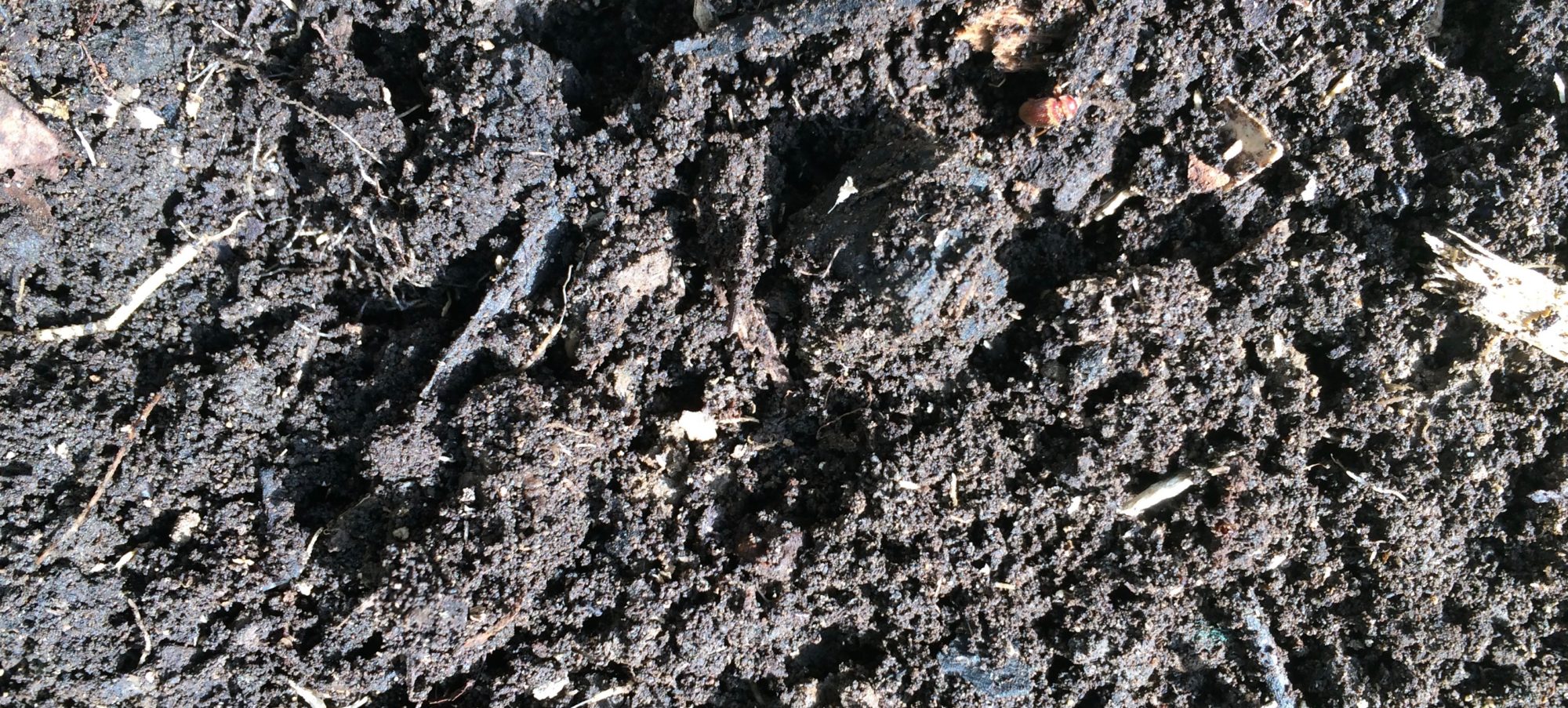Shifting From an Extractive to a Generative Relationship with the Dirt

The industrial agriculture system is causing serious health problems throughout the world. Populations that have lived in close harmony with the soil and plants for eons, are being driven into debt by our extractive economic system.
Millions leave the land that has sustained them and their culture for eons. They flock to cities looking for scarce jobs that pay money. They find deep poverty in an economy void of truth or connection to our source. Left behind is their true wealth, a soil that sustained their families for generations.
Typically, those lands are left to be sucked into industrial agriculture, mining, or logging. Those lands are raped of their value and left as “overburden” or planted with meager “restoration” that will never in our lifetime see abundance.
We moved to tropical southern highlands of Costa Rica to connect to dirt and to learn from nature. We are lucky to have been able to relocate and to afford to take a degraded cow pasture and rundown buildings to build our own paradise.
Facing the Facts
The family that lived here before us ran a dairy operation until the owner got sick with Parkinson’s type symptoms and could no longer keep up the place. Clues to his sickness became more clear when we found containers of 2-4-D, a roundup-type glyphosate herbicide in the storage. Farmers spray these herbicides on the pastures to kill undesirable plants, so that they can plant grasses more suitable to cattle production. If you read the fine print, or care to dig up cautions about these herbicides, you find that Parkinson’s symptoms is one side effect caused by exposure to glyphosate.
Cattle production makes no natural sense in a land of steep slopes that used to be tropical rainforest. After the rainforest, came coffee, then cattle. When we arrived, the soil was void of nutrients. Dead. There were no worms in the compacted and chemically treated soil. In the tropics, plants hold the majority of nutrients. But in this ever more degrading of nutrients without replenishing the life of the soil creates poor soils that depend more upon chemicals to grow food. These chemicals don’t work so well in the human gut.
We figured out that if we were going to be able to live here, that the soil needed building, even more than the crumbling buildings. Once we had a reliable source of water and a place to compost our waste, we could move in, but we couldn’t wait on the soil. Given the evidence of impacts of the toxins on our health, we really didn’t want to live in a toxic environment. We had only an inkling of how much work it would be.
Designing Healthy Soil with Permaculture Principles
With Permaculture principles, we learned to observe, and listen deeply to what nature teaches about how to care for the life in the dirt that is feeding us. We began composting and hu-man-ur-ing. With knowledge garnered from nature, books, websites, and others, we are co-designing a garden to sustain us.

The awareness that in just one teaspoon-full of rich soil, are billions of microbes; living things that feed plants and us. We have learned to value this essential force of nature, and begin to work with that to grow food. We are discovering that through this dedication, we are creating true abundance.
No matter where we are, we can stop and look find our nature. We can find and make soil. Generate new soil. Even if you live in a place void of soil, make a worm bin that lives inside and feed them your food scraps.
If your garden is just a pot, the plants will respond to your care and nurturing when you develop soil of healthy living nutrients.
We are dirt, and to dirt we return. Your hands back into that dirt nurturing plants is their proper place. Where you can ground your soul in connection to planet life.
One with the soil, nature and life.
Can I have an AMEN-dment?!

Lettuce feed you whirled peas and hominy.

